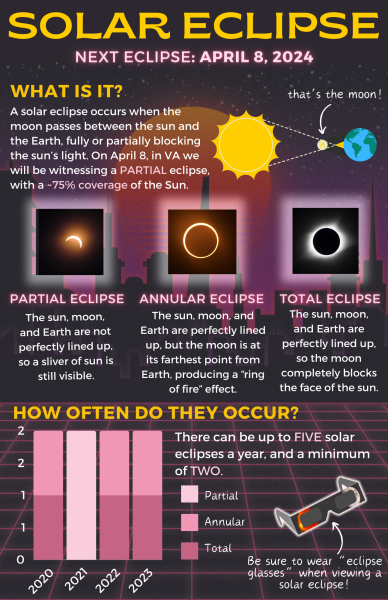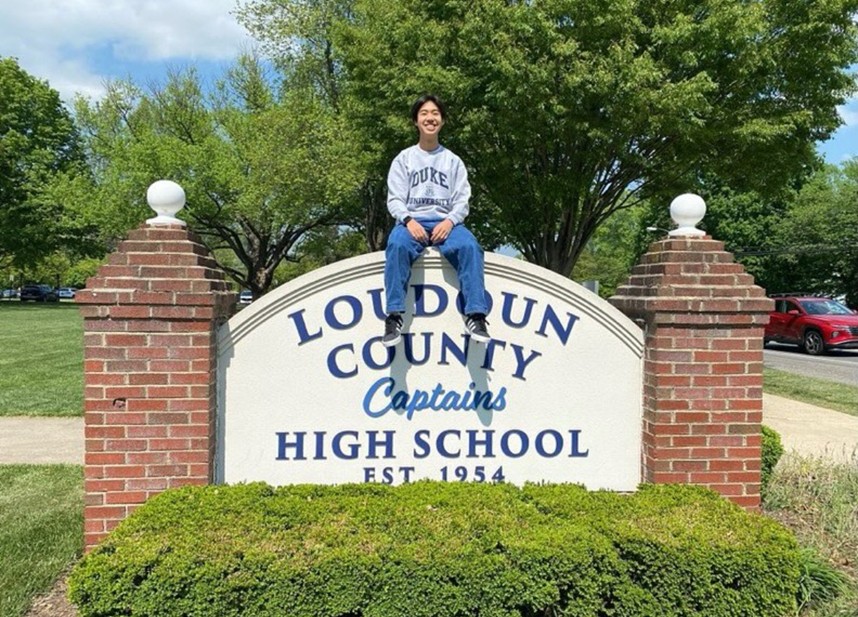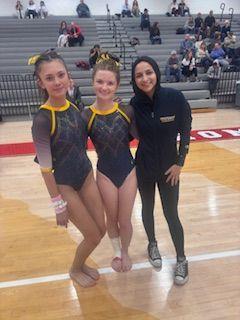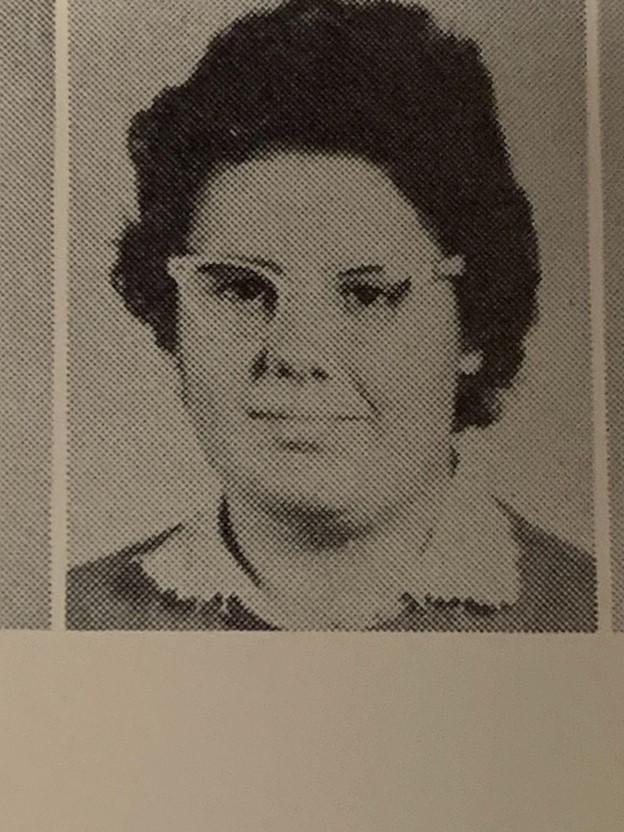On April 8, 2024, the first solar eclipse that can be seen from the US will occur after almost a decade. Solar eclipses occur when the moon positions itself between the Earth and the sun. There are three different stages in which a solar eclipse can be viewed: totality, partiality, and annular. “If you are fortunate enough to be in the path of totality the moon will completely block the light from the sun that we are able to see from the Earth,” said Holly Trevathan, an earth science teacher at LCHS. Trevathan, along with the administration, has organized a school-wide viewing of the solar eclipse on April 8, given the rarity of this opportunity.
Since the event will take place during the school day and include all students and faculty, the administration has conducted detailed planning regarding the logistics of the viewing to prevent chaos on the school lawn. “When it’s time for the eclipse, we will have very specific directions for how we’re going to be outside,” Dr. Michelle Luttrell said. As principal, Luttrell is one of the heads of operations of the event. Along with being in charge of directions on the day of the eclipse, Luttrell has been working with the science department to ensure safe viewing protocols are being followed. “What we’re able to do is get safe viewing glasses for every student and every employee that works here,” Luttrell said. This is extremely important to note as solar eclipse glasses are required when viewing an eclipse directly. Experts say that looking directly at the sun, even during a solar eclipse, is never a good idea since it could damage the eye. In fact, staring at the sun even for just 100 seconds could cause permanent retinal damage.
Unfortunately, this eclipse’s path of totality only includes a small stretch of land through Texas, Ohio, and parts of New York. “In our immediate area we will experience a partial eclipse, where only a portion of the sun will be covered by the moon,” Ms. Trevathan said. This means that the eclipse we will see from LCHS will not fully cover the sun’s light, since it takes a very special angle to reach this stage of totality. However, this does not take away from the uniqueness of this opportunity, as the next solar eclipse that can be viewed from the US won’t occur until August 23, 2044, and it may not be during a time when the experience could be shared with such close friends.

“We are super excited that the eclipse will occur while we are in school,” said Judy Shepherd, a science teacher at Loudoun County High School who has also taken the lead in organizing the event.
Of course, while the viewing event will certainly be the star of the show, it would not be a school event without a bit of learning. To this end, the science department has been preparing a lesson on solar eclipses to share with the school prior to the viewing. “They are going to share information about what is a solar eclipse, what does this mean, what’s the significance of this,” Luttrell said. The lesson will also include instructions on how to use solar eclipse glasses so that everyone can enjoy the eclipse safely. “Since the District is going to purchase the special glasses that will allow everyone to ‘look’ at the eclipse, we can share that moment with the kids,” Shepherd said.
Past the scientific facts, eclipses teach a lot about persistence and the beauty of nature’s laws. To be able to experience such a rare phenomenon with such a tight-knit community is the perfect way to start the last quarter of the year. The event also embodies the true spirit of learning. “If our little moon can block out our sun’s light, then the sky’s the limit. We can do anything we put our minds to,” Shepherd said.






















